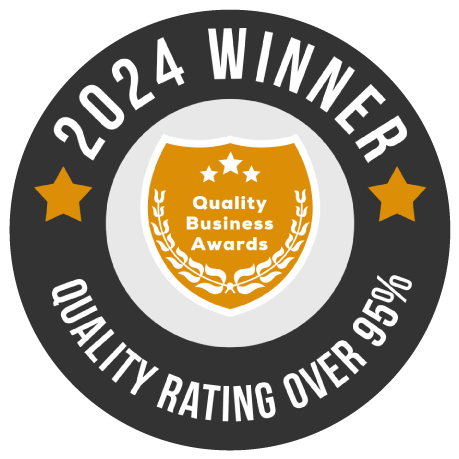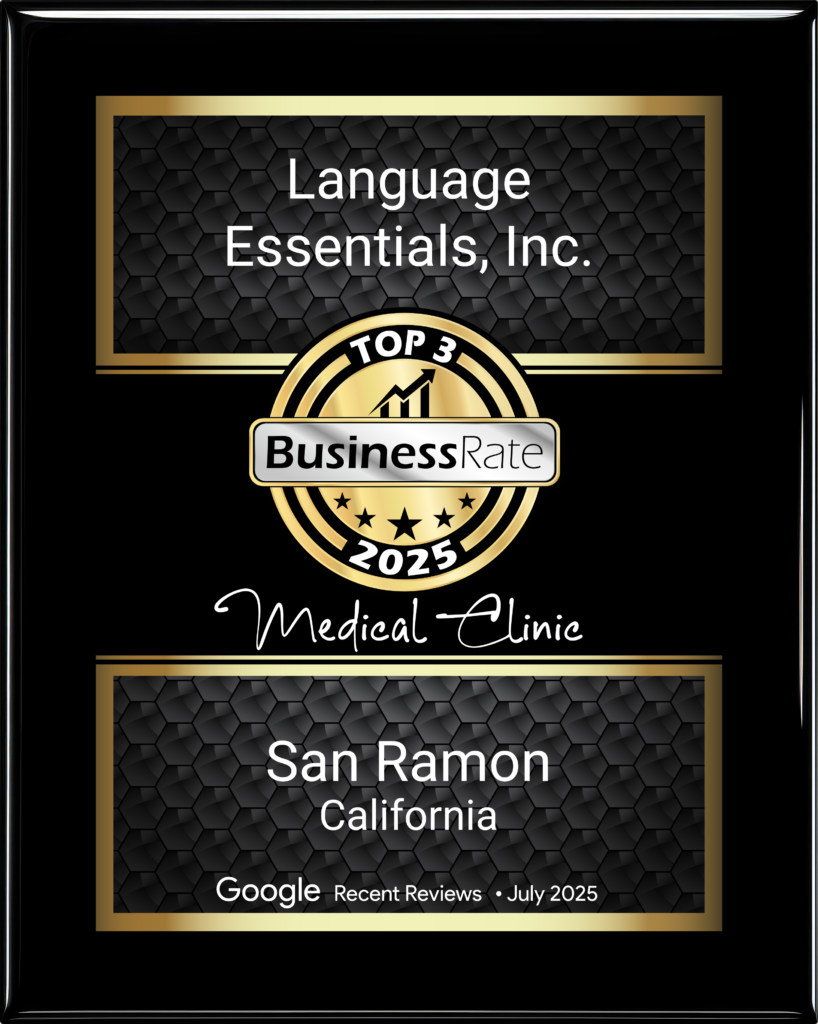Pediatric & Adult Speech, Occupational and Feeding Therapy
in San Ramon, Livermore and Tracy, California
Welcome to Language Essentials
We are delighted that you have found Language Essentials. We are dedicated to providing pediatric speech, occupational and feeding therapy, along with adult speech therapy services.
Get a Free Consultation
Call our office now for a free, 15-minute phone consultation and discover how we can help.
Our Services
Our expert, caring and experienced therapists are ready to start working with you or your child on speech, occupational and feeding therapy.
Pediatric Speech Therapy
There are many ways that the need for pediatric speech therapy can manifest itself. It can show up as difficulty making sounds or as stuttering. There can be problems understanding what is said or with putting one’s thoughts into words. We can help with all of these difficulties and many more.
We are also skilled in assisting children in learning to use augmentative and alternative communication devices.
Pediatric Occupational Therapy
The benefits of pediatric occupational therapy are far-reaching, from helping children learn to care for themselves to helping them gain hand strength and dexterity. Occupational therapy for a child prepares them to integrate into a household or classroom, and to function comfortably in social settings and by themselves.
Our first job is to observe a child’s needs and then plan their therapy to enable them to catch up to the developmental milestones for their age. In pediatric occupational therapy, we work to develop better motor, cognitive, play and self-care skills.
Pediatric Feeding Therapy
Sensory struggles and swallowing disorders can lead to traumatic mealtimes and undernourished children. Language Essentials can help by providing gentle and patient introduction to new foods, or by helping the child retrain the muscles that can enable them to swallow more efficiently.
Feeding problems are present in many diagnoses such as cerebral palsy, autism or prematurity. From toddlers to teens, we can help children overcome the problems that prevent them from enjoying a varied and nutritious diet.
Adult Services
Many adults need speech therapy, too. Some adults have struggled with a stutter or difficulty pronouncing certain sounds since childhood. Other adults may have lost some of their ability to communicate clearly due to a traumatic brain injury or stroke.
We can also help with voice disorders whether they result from overuse or a medical condition. Some adult patients with Parkinson’s may benefit from speech therapy to improve their vocal quality.
Please contact us with confidence that we understand adult speech therapy and provide it in a friendly and compassionate environment.
About Language Essentials
Language Essentials was founded to help both the children and families of the Tri-Valley, San Joaquin Valley and Greater East Bay Area. Our therapists offer speech therapy, occupational therapy and feeding therapy to children up to the age of 17. We also provide speech therapy for adults.
Our Successes

Rated #1 Best Speech Pathologist in Mountain House

Recognized as One of the Top 3 Medical Clinics in San Ramon

Rated #1 Best Speech Pathologist in Mountain House

Recognized as One of the Top 3 Medical Clinics in San Ramon
Request an Appointment
Do you have questions or want to set up an appointment? Reach out to us using the contact form below or give us a call at (925) 743-3322 and one of our staff will be happy to help!

